Boosting nature in the Upper Derwent Valley
Planting 600 hectares of sphagnum moss
In partnership with Severn Trent and the National Trust
Citizen Science photography project
Moors for the Future Partnership is working with Severn Trent and the National Trust to boost nature across this important area of remote upper moorland, restoring blanket bog in the Peak District National Park.
By planting sphagnum moss, the fantastic bog-building moss, the moors are being revived. This means a better home for nature on the moors. In turn, moss is expected to improve the quality of the water flowing into the reservoirs and slow water down, holding it for longer on the moors contributing to water security and natural flood management. And, as the moss grows, it will trap carbon dioxide from the air and store it as peat.
People will be able to see for themselves by sharing and discovering photos of the landscape as its biodiversity improves. The Bogtastic van will be out and about, with it’s message about why bogs are fantastic! Children from local schools, farmers and land managers will have a chance to discuss moorland conservation. Moors for the Future Partnership scientists will monitor the improvements to the landscape, alongside an exciting new citizen science opportunity.
Project Objectives:
- 613 hectares of biodiversity improvement
- Communicate about the work to the general public
- Part of Severn Trent’s Great Big Nature Boost
- Assess long term peatland condition and biodiversity change
- Assess natural capital of Bamford Catchment
- Non-chemical bracken treatment trial
- Improve the quality of water flowing from the catchment
- Flood risk reduction and other water quality benefits such as reduced sedimentation
- Improvement to climate change resilience and net carbon sequestration
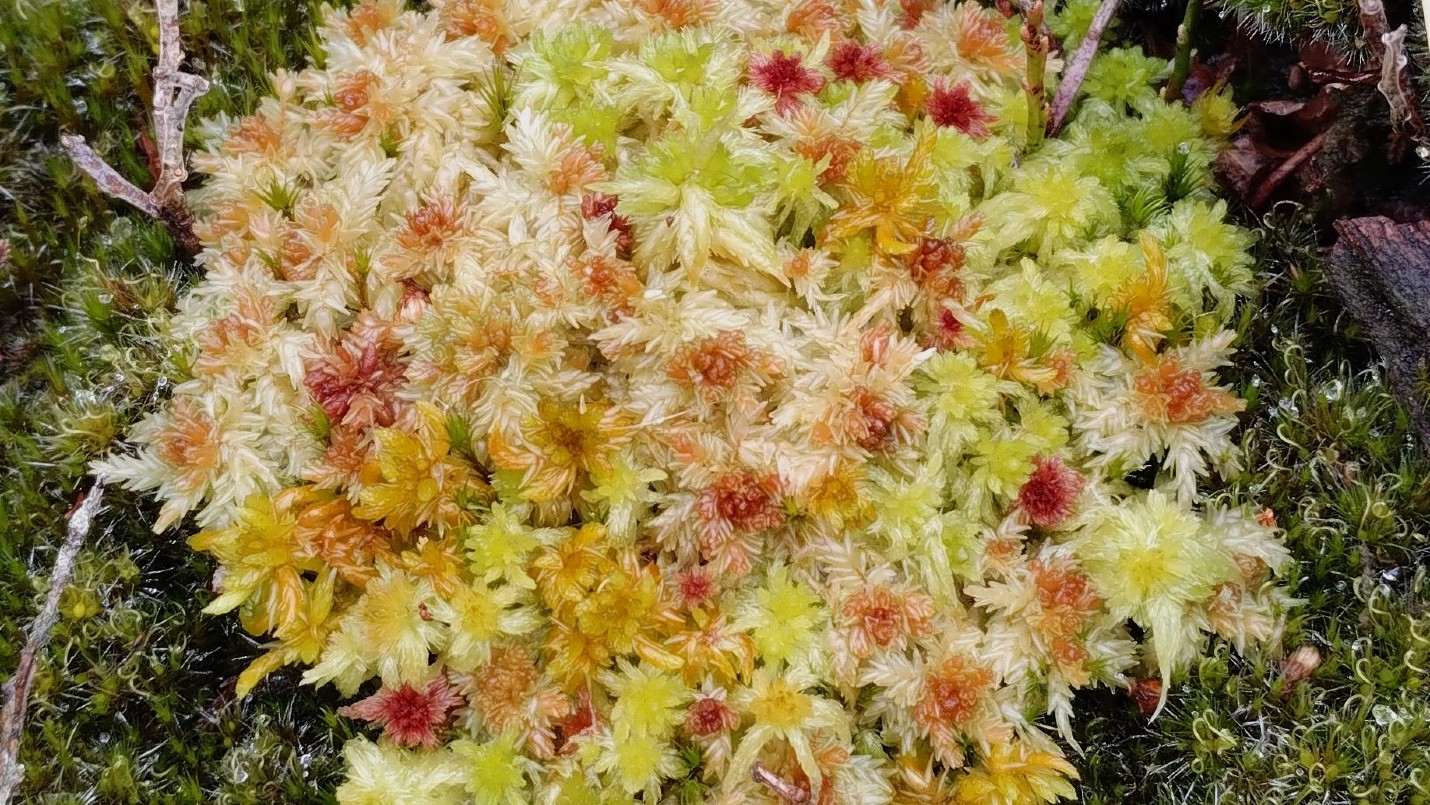
April 2025
Successful sphagnum planting season
The final year of the Moor Water Severn Trent project continued to be one of great activity, we completed 109 hectares of sphagnum planting in the Birchinlee and Ronksley sites in the Bamford catchment. 32 hectares of this was planted densely to aim for a much quicker coverage of sphagnum in these areas, with all the water quality, natural flood management and biodiversity benefits this brings.
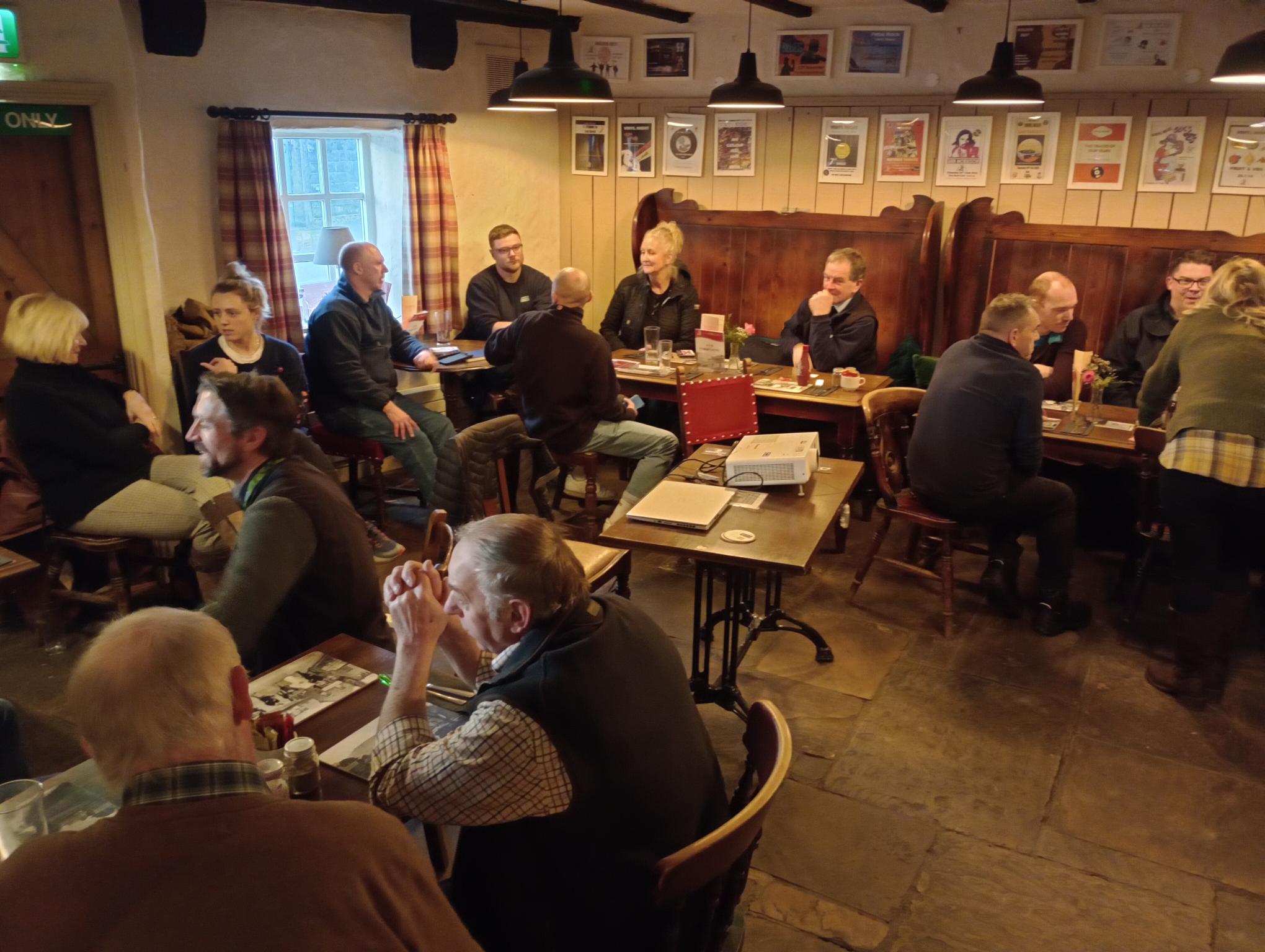
January 2025
Sharing Knowledge: Farmer & Land Manager Event
This month we got together with land managers local to the Moor Water project to share the science & monitoring data gathered to record the impact of the works, including how it has affected water received by the Bamford Water Treatment site.
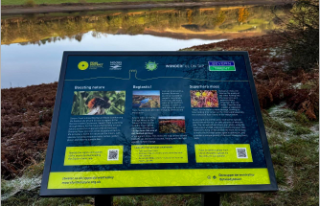
December 2024
If you're going for a walk around the Derwent Valley reservoirs you can look out for our newly installed interpretation panel celebrating the benefits for biodiversity of the moorland restoration works
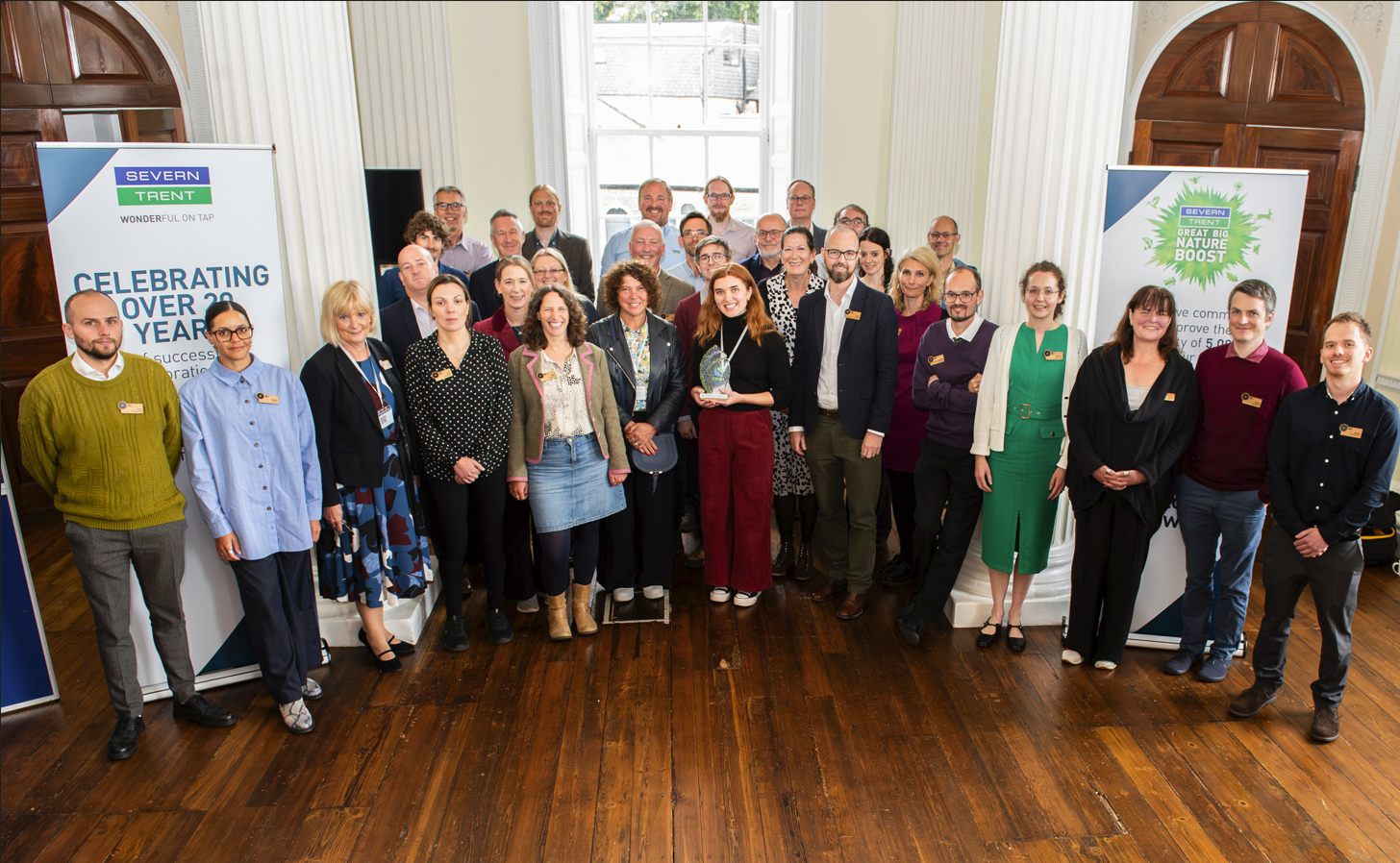
September 2024
What Green Financing for the Uplands can do for Business
This month we hosted the Moors for the Future and Severn Trent 2024 conference: What Green Financing for the Uplands can do for Business. The event facilitated lots of important conversations about the future of natural capital financing and was well attended by organisations such as Defra, the Environment Agency, Natural England, RSPB and the National Trust.
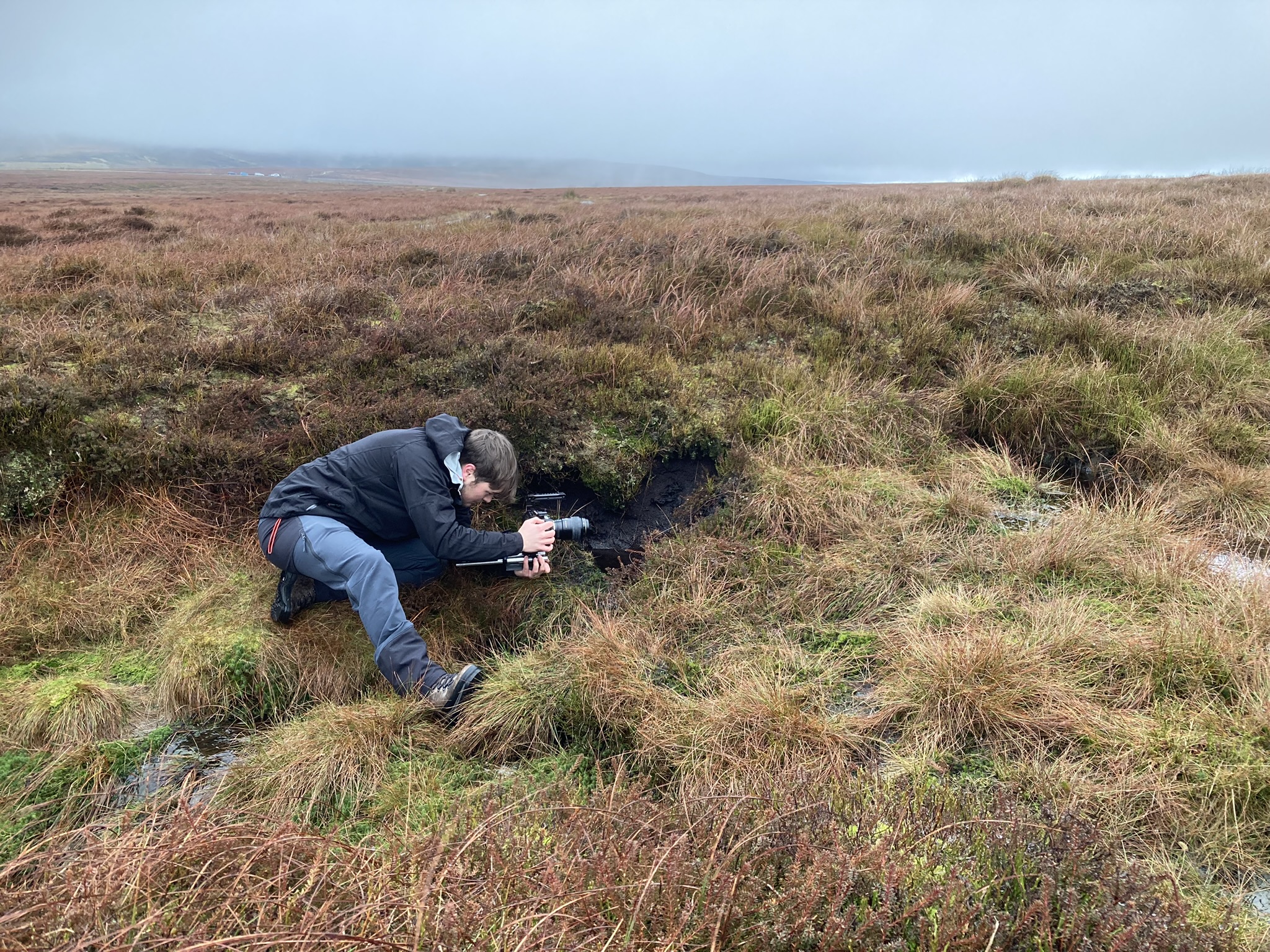
April 2024
Film to show water's journey
To celebrate the successful completion of the 2023-24 restoration season in which we planted 93,750 sphagnum moss plug plants on Birchinlee, improving 75 hectares of moorland, we also created this meditative film with Severn Trent. It shows the journey of a raindrop from first contact with the upland moors, all way down to people's homes. Everyone can now experience the journey without ever needing to leave home, or put on a pair of wellies
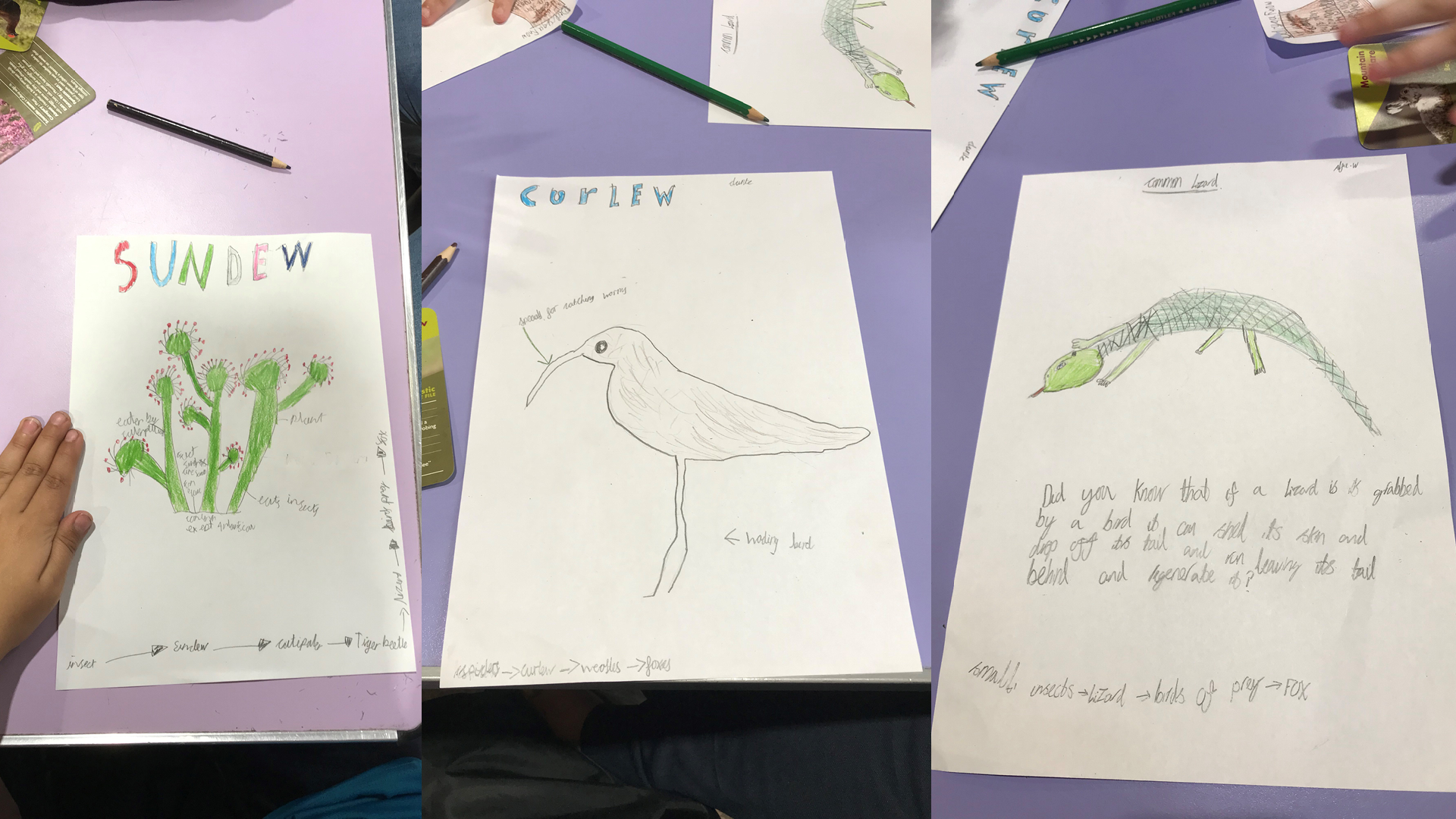
01 February 2024
Introducing young people to the wonders of moorland
As part of the Moor Water project, Moors for the Future Partnership held sessions at the Moorland Discovery at National Trust’s Longshaw Estate, with young people from Derbyshire towns. Run by engagement rangers from the Peak District National Park Authority, the sessions allowed young people to take part in vegetation recognition and checking water samples, as well as introducing them to the multiple benefits of healthy moorland. The young people also were encouraged to draw posters based on what they’d learned.
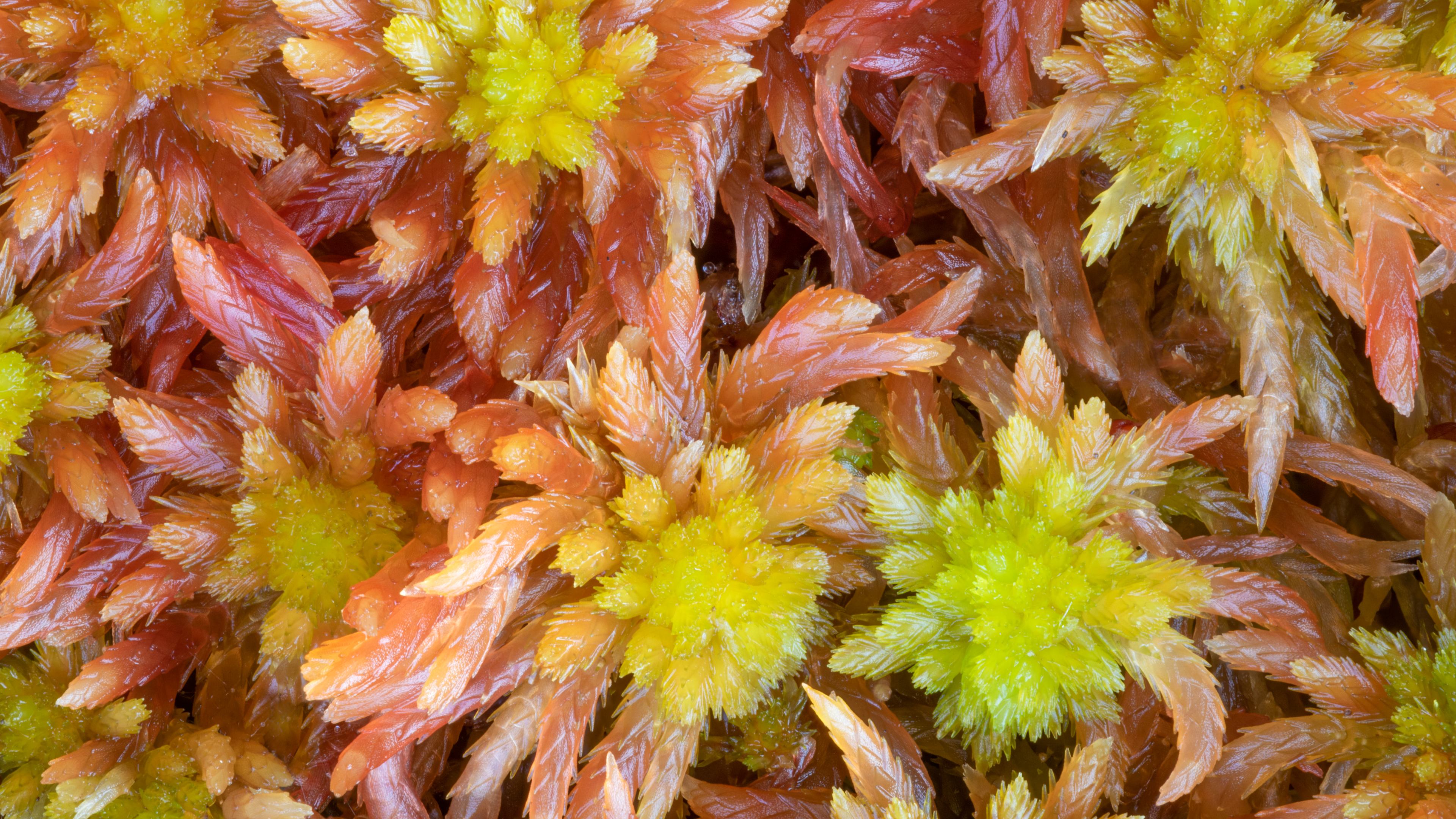
30 November 2023
Works in progress on Birchinlee near LadyBower Reservoir
In 2023 Moors for the Future Partnership planted over 45 hectares of sphagnum moss around the Grinnah Stones and Ridgewalk moor areas of the Birchinlee district. Despite a number of named storms hampering works, some helicopter airlifting was also able to take place and stone was airlifted to site in preparation for gully blocking in January 2024. Also in 2024, more sphagnum moss will be planted, adding to the water resilience and biodiversity of the area.
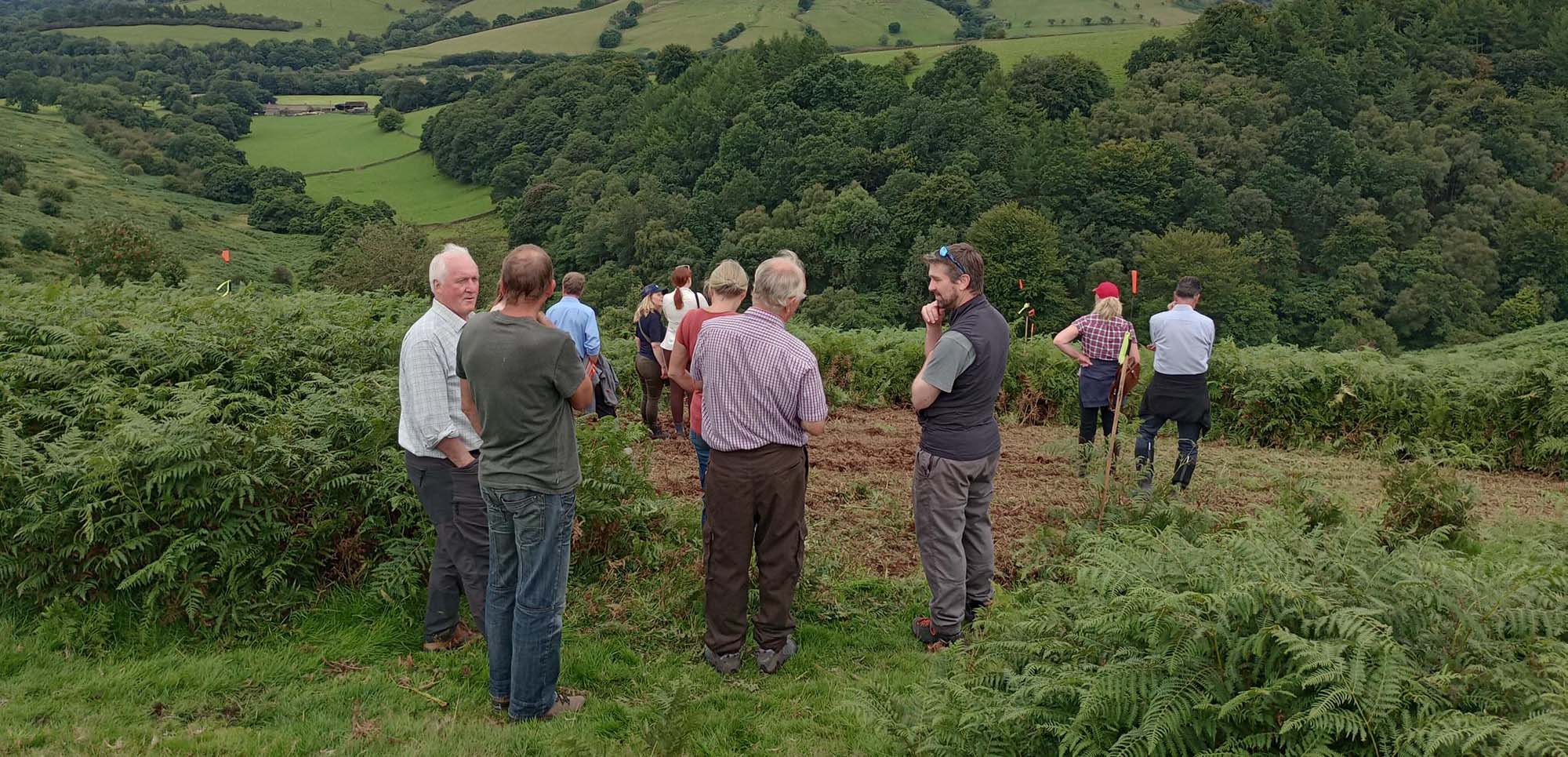
15 August 2023
Land Manager & Farmer Event in Hope Valley
This summer Moors for the Future Partnership held a Farmers & Land Managers event to discuss the issue of bracken management in the Bamford catchment area. The purpose of the day was to share knowledge and farmers’ own personal experiences regarding the effectiveness of a range of non-chemical means of bracken control. The day centred around a demonstration of mechanical cutting on one of our trial sites in the Hope Valley, where we shared the trial results to date.
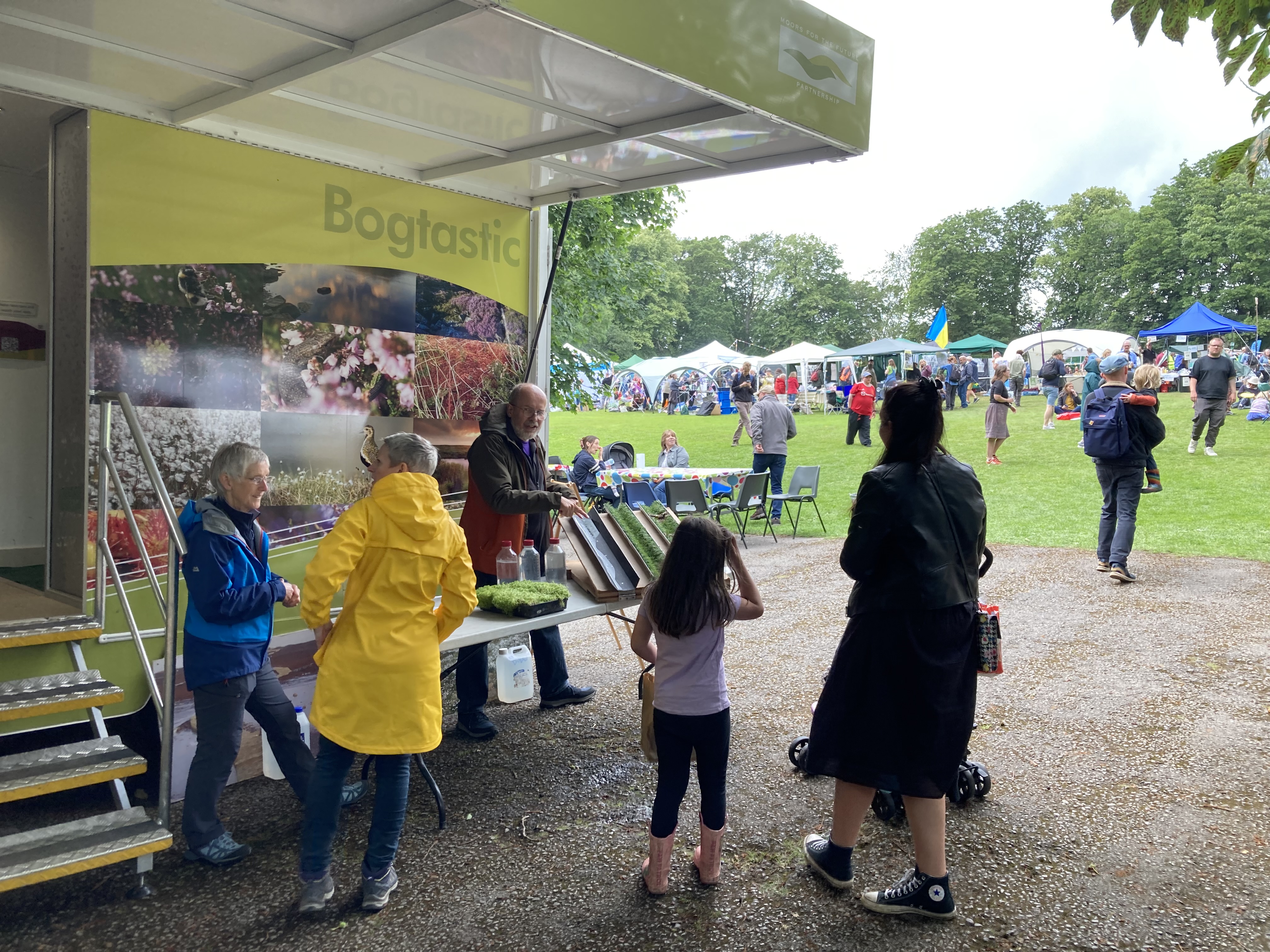
30 June 2023
The Bogtastic van is on the road
During the summer months, the Bogtastic van is on the road, bringing the message about the importance of our moorlands, and they work we're doing to preserve them to the public at public events and beauty spots around the Severn Trent area. With demonstrations, displays, films and games, the Bogtastic van has something for everyone. You can find out where we'll be here.
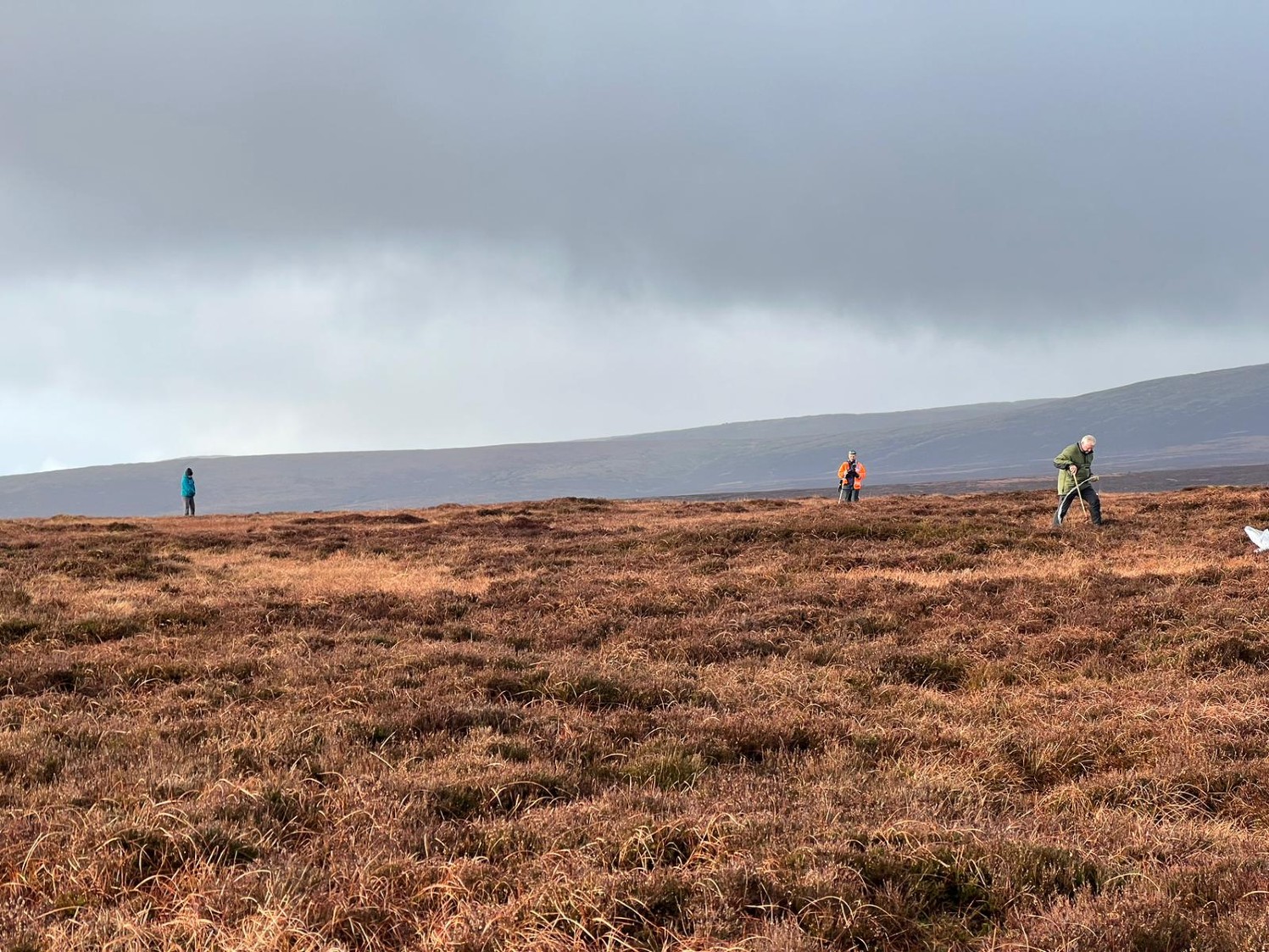
31 March 2023
£3.3 million worth of restoration work from August 2022 to March 2023
As part of its work to bring degraded peatland back to life, Moors for the Future Partnership will have completed £3.3 million worth of restoration work from August 2022 to March 2023, thanks to funding from Severn Trent, Yorkshire Water, DEFRA and Natural England. In the last six months the Partnership has planted an area the size of 270 football pitches of sphagnum moss around the Peak District National Park Upper Derwent Valley. Severn Trent are working through Moors for the Future Partnership on the Moor Water project, on moorland cared for by the National Trust.
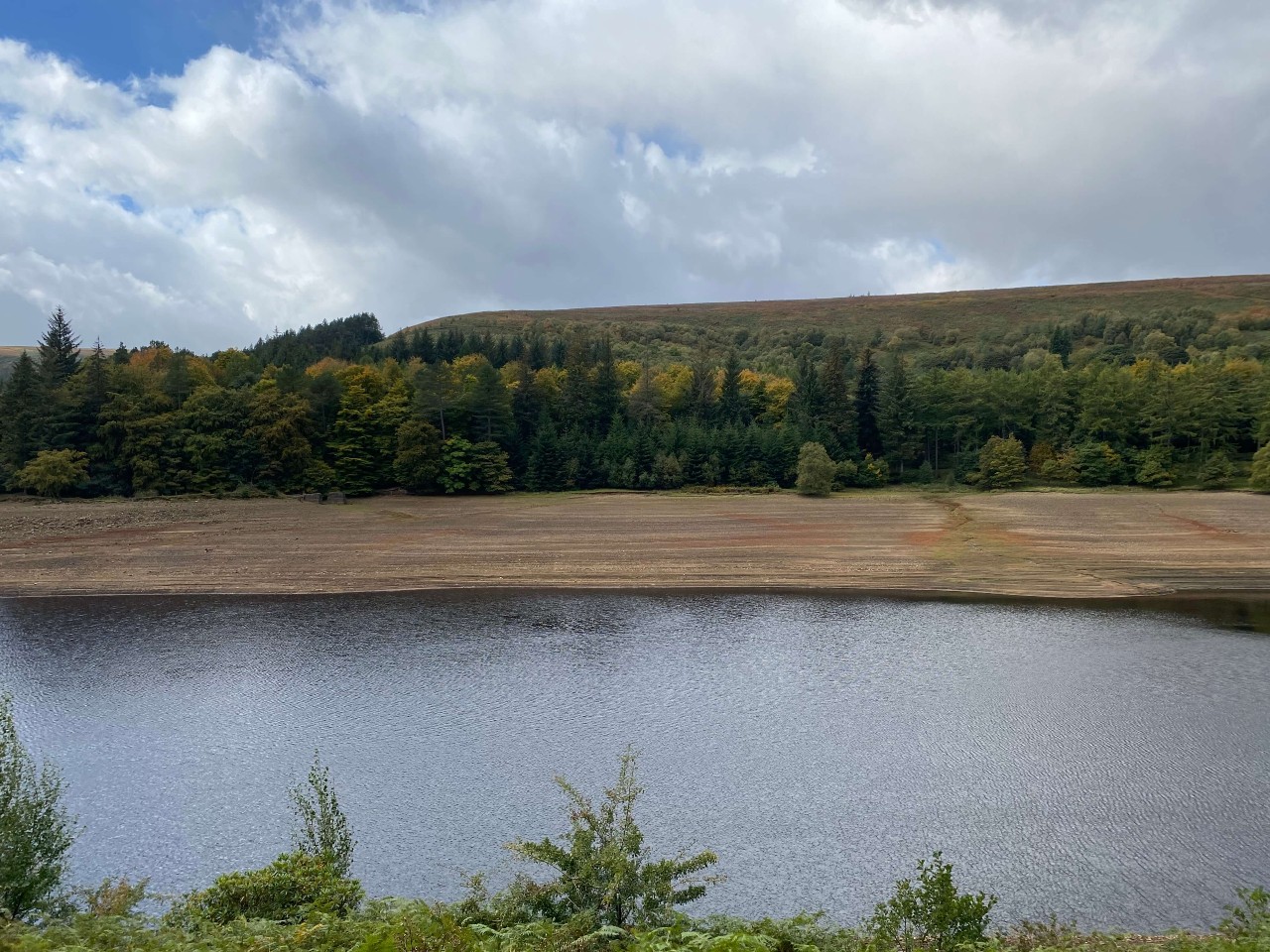
1 December 2022
Recording moorland change
Four fixed-point photography posts have been installed across the Derwent Valley to record moorland change. These posts will enable people to engage with conservation work that has taken place recently on the surrounding moors. When people come across the posts, they will be invited to take a fixed-point photo of the landscape and to upload it for use in an online gallery. The viewpoints take in areas of moorland restored by Moors for the Future Partnership and areas of clough woodland restored by the National Trust, both funded by Severn Trent as part of the Moor Water project.
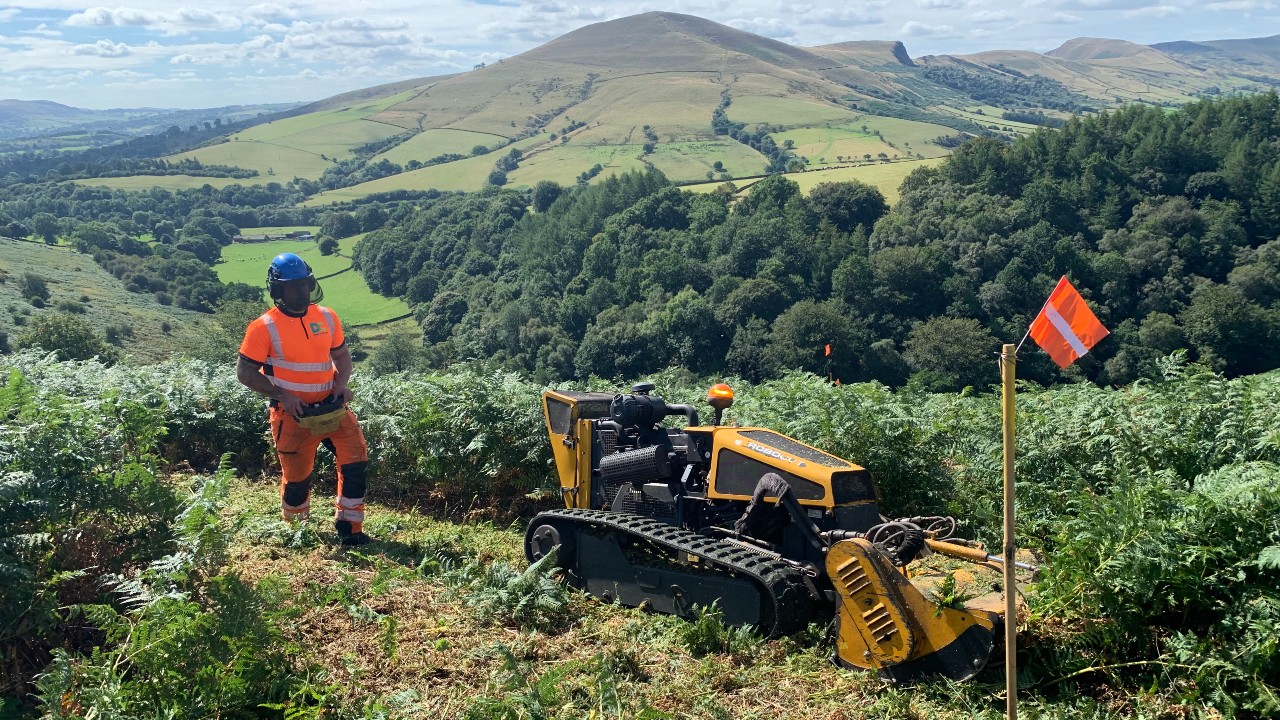
1 September 2022
Non-chemical bracken trials underway
Trials to control bracken without the use of chemical herbicides have started at two locations. The trials have been designed to compare interventions with the aim of developing practical ways of reducing the dominance of bracken on in-bye land. The bracken will be cut again next year and changes to the vegetation will be monitored.
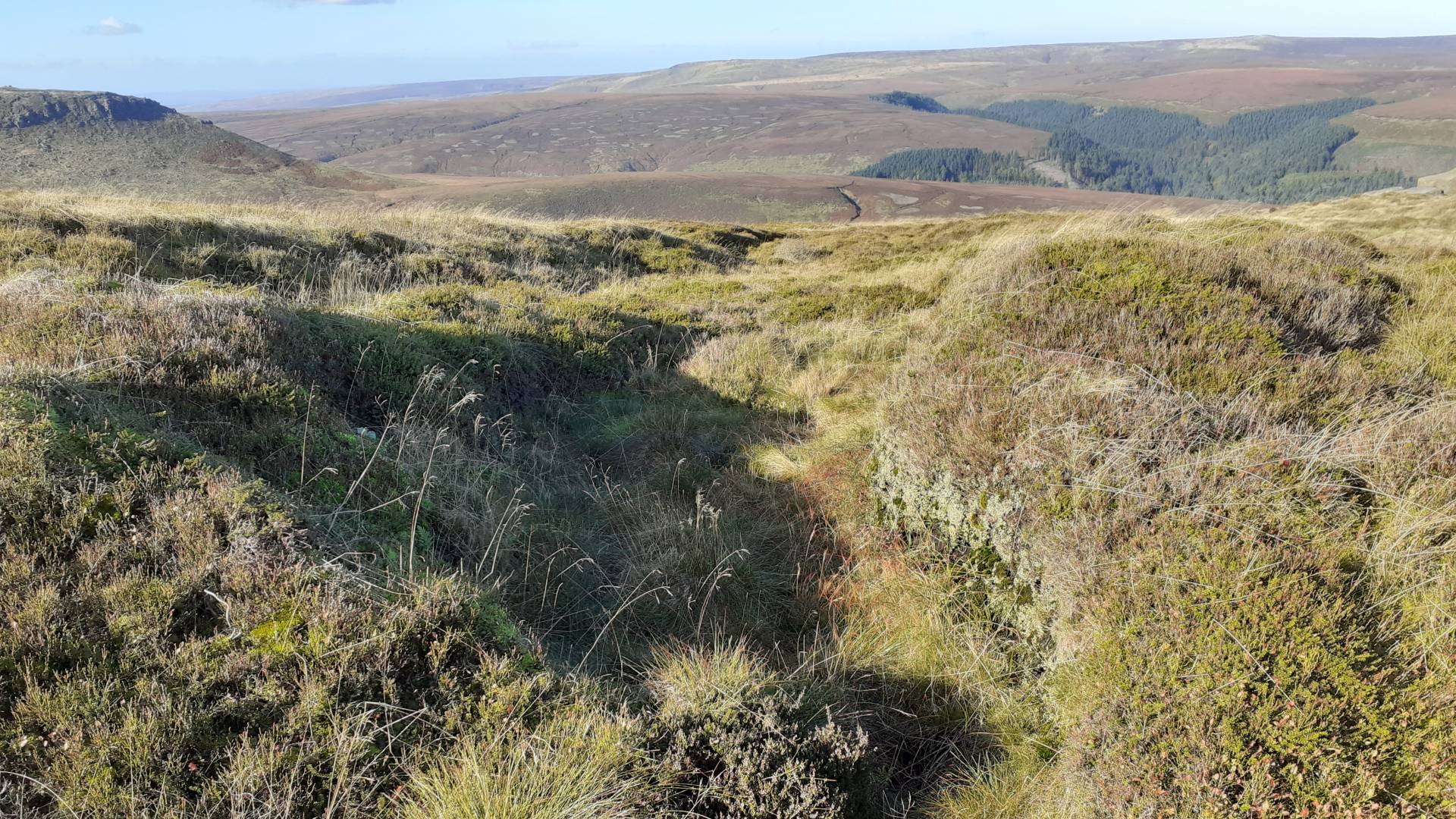
14 June 2022
Quadrats established for vegetation monitoring
Three monitoring sites have been set up, and two more are planned. These sites contain ten quadrats each. A quadrat is a fixed area, in this case a 2 x 2 metre square, that can be revisited over time to measure how the vegetation within it has changed. Here, each quadrat is centred around a sphagnum plug plant. Fixed point photos will also be taken annually.

1 March 2022
Sphagnum Planting on Birchinlee Moor
Sphagnum planting on Birchinlee Moor has been completed, covering 52 hectares. Planting has started on Alport Moor as well, to be completed by the end of March. We're monitoring water quality and biodiversity at a number of sites.
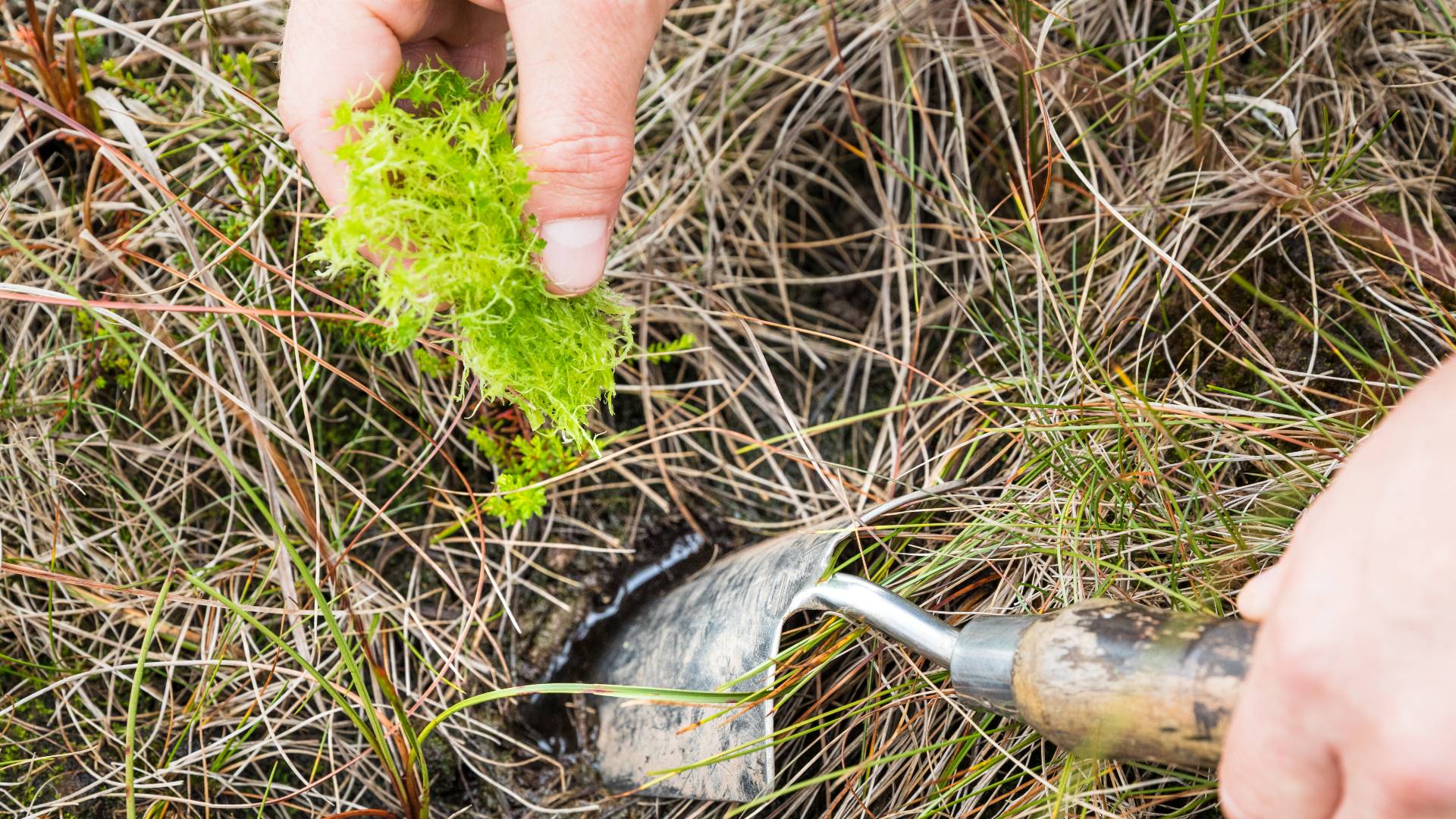
3 December 2021
Sphagnum planting on Ashop Moor
134.6 hectares of sphagnum planting completed (154,750 plugs) on Ashop Moor - that's about 200 football pitches!
Vegetation monitoring sites have been set up on Seal Edge and Withins Clough